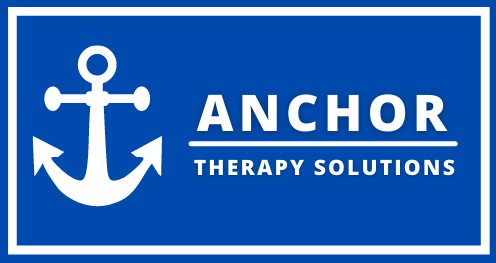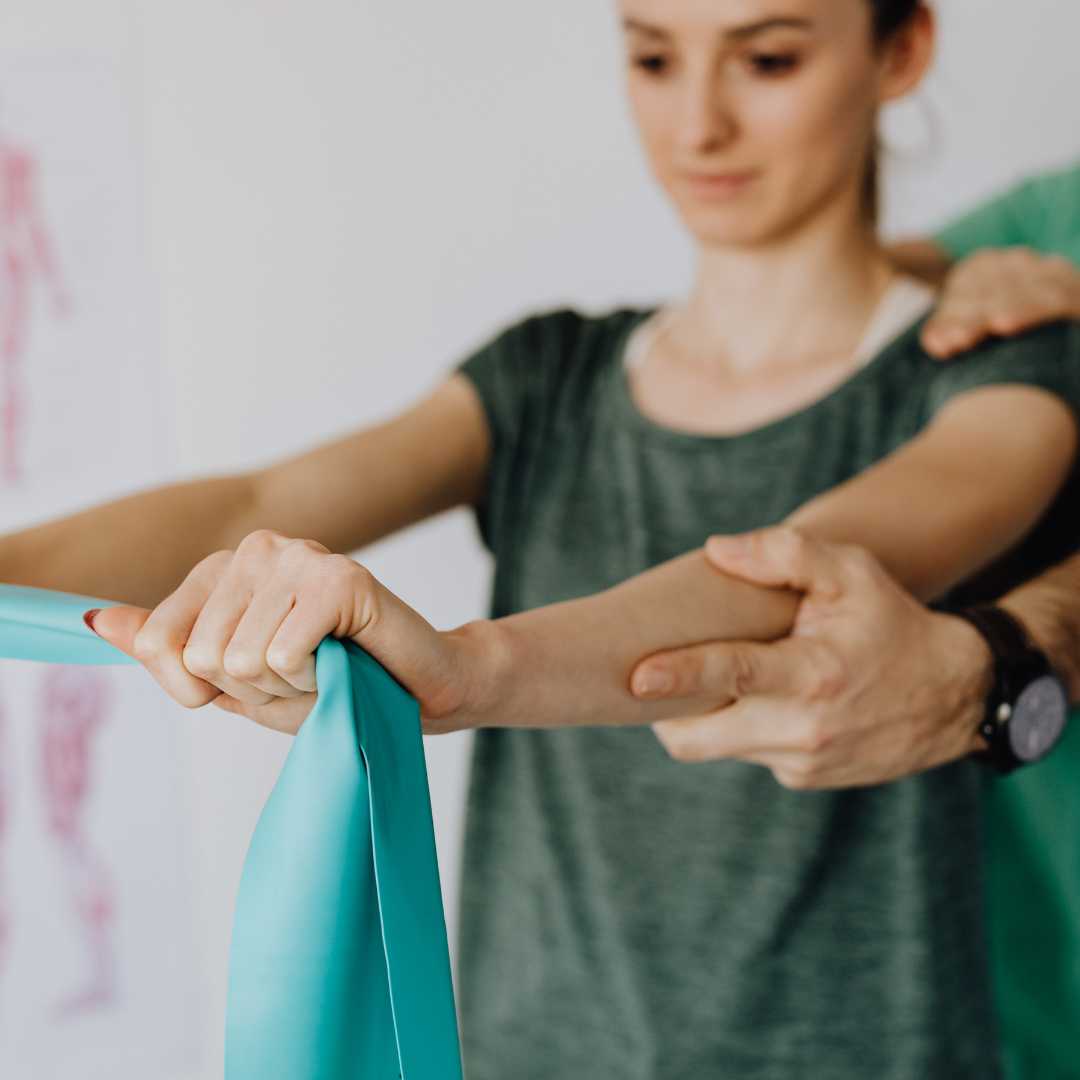Shoulder Pain, Injuries & Rehab
Understanding and Rehabilitating Various Types of Shoulder Pain, Injuries, and Rehabilitation
Shoulder pain and injuries are common afflictions that can affect people of all ages and activity levels. Whether caused by overuse, trauma, or underlying conditions, shoulder pain can significantly impact daily life and hinder physical functionality. To effectively manage and rehabilitate shoulder pain, it is crucial to understand the different types of injuries and implement appropriate rehabilitation techniques. In this article, we will explore the various types of shoulder pain, common injuries, and rehabilitation methods for a successful recovery.
Rotator Cuff Injuries: The rotator cuff is a group of muscles and tendons that stabilize the shoulder joint. Injuries to the rotator cuff can occur due to repetitive overhead motions, traumatic incidents, or age-related degeneration. Common rotator cuff injuries include tears, tendinitis, and impingement syndrome. Rehabilitation often involves a combination of rest, physical therapy exercises, anti-inflammatory medications, and in severe cases, surgical intervention.
Shoulder Dislocation: Shoulder dislocation happens when the upper arm bone (humerus) pops out of its socket. It can occur due to a fall, sports injury, or repetitive strain. After a dislocation, the ligaments and surrounding structures may become stretched or torn. Rehabilitation includes immobilization, gentle range-of-motion exercises, strengthening exercises, and sometimes surgery to repair severe damage.
Shoulder Instability: Shoulder instability refers to a condition where the shoulder joint becomes excessively loose, leading to recurrent dislocations or subluxations (partial dislocations). This condition can result from genetics, repetitive overhead movements, or previous shoulder injuries. Rehabilitation typically focuses on strengthening the muscles around the shoulder joint, improving proprioception, and stabilizing the joint through targeted exercises.
Frozen Shoulder (Adhesive Capsulitis): Frozen shoulder is characterized by pain, stiffness, and limited range of motion in the shoulder joint. It often develops gradually and is more prevalent in middle-aged individuals. Rehabilitation for frozen shoulder involves gentle stretching exercises, physical therapy modalities such as heat and cold therapy, and occasionally, corticosteroid injections to reduce inflammation.
Bursitis: Bursae are small fluid-filled sacs that provide cushioning and reduce friction between tendons, muscles, and bones. Inflammation of the bursae can lead to bursitis, causing shoulder pain and limited mobility. Rehabilitation typically includes rest, anti-inflammatory medication, gentle stretching exercises, and modifying activities that exacerbate symptoms.
Acromioclavicular (AC) Joint Injuries: The AC joint is located where the collarbone (clavicle) meets the shoulder blade (acromion). Injuries to this joint can occur due to falls, direct impact, or repetitive strain. Depending on the severity of the injury, rehabilitation may involve rest, immobilization with a sling, physical therapy exercises, and in severe cases, surgical intervention.
Labral Tears: The labrum is a ring of cartilage that lines the rim of the shoulder socket, providing stability and cushioning. Labral tears can result from trauma, repetitive movements, or shoulder dislocations. Rehabilitation includes rest, physical therapy exercises to strengthen the surrounding muscles, and, in some cases, surgical repair.
Conclusion
Shoulder pain and injuries can significantly impact one's daily life, but with the right knowledge and rehabilitation techniques, recovery is possible. It is important to seek professional medical advice for an accurate diagnosis and tailored treatment plan. By understanding the various types of shoulder pain, injuries, and appropriate rehabilitation methods, individuals can embark on a path to recovery and regain strength, mobility, and function in their shoulders. Remember, patience, consistency, and adherence to the prescribed rehabilitation program are key to a successful rehabilitation journey.


